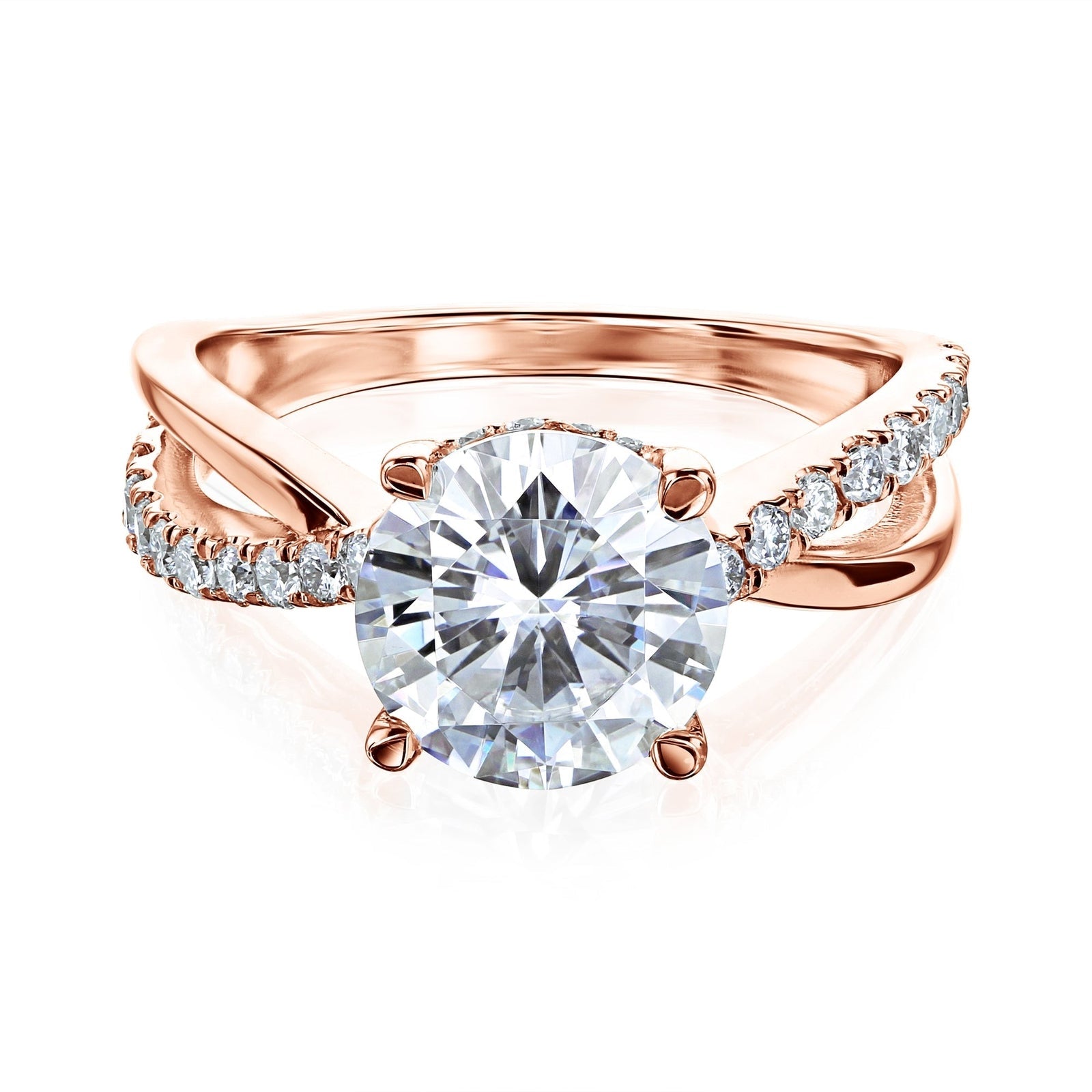Introduction
With the advent of lab-grown diamonds, a shift in the jewelry industry's dynamic is being observed. While the sparkle, brilliance, and durability of these diamonds mirror their natural counterparts, their emergence challenges traditional perceptions of what it means for a gemstone to be considered "real". By delving into the properties of lab-grown diamonds, we seek to understand their authenticity, and how they are perceived by the market their equivalence to natural diamonds, and the implications of their production for the economy and the environment.
Lab Grown Diamonds: Real Diamonds or Not
The essence of the 'realness' of a diamond lies in its chemical composition and crystal structure. Both lab-grown and natural diamonds share the same basic ingredient: carbon. What differentiates diamond from graphite or any other allotropes of carbon is the arrangement of its carbon atoms, forming a unique crystal structure known as diamond cubic.
This structure is characterized by:
- Each carbon atom being linked to four other carbon atoms, forming a tetrahedral unit.
- This arrangement results in a three-dimensional network of carbon atoms that extends throughout the material, creating an incredibly robust lattice that gives diamonds their famed hardness – the hardest known material on earth.
- This atomic structure confers diamonds with their exceptional optical properties.
- The tight packing of carbon atoms allows diamonds to have a high refractive index, causing light to bend significantly when it enters the diamond, leading to its extraordinary brilliance.
Market Acceptance and Ethical Considerations
The acceptance of lab-grown diamonds in the market has been steadily growing, and this trend is fueled by several critical factors.
- Cost-effectiveness:Lab-grown diamonds generally cost 30-40% less than natural diamonds. This pricing difference presents a more economical choice for consumers, making diamond jewelry accessible to a wider audience.
- Quality parity: Lab-grown diamonds often match or even surpass their natural counterparts in terms of quality, as assessed by the 4Cs (Cut, Carat, Color, Clarity). This equivalency ensures that consumers do not have to compromise on quality when opting for the more affordable lab-grown diamonds.
- Ethical considerations: Perhaps one of the most impactful factors is the ethical peace of mind that lab-grown diamonds offer. Natural diamonds have been historically associated with conflicts, human rights violations, and environmental degradation-issues that are circumvented with lab-grown diamonds. Their conflict-free guarantee makes them an appealing choice for the ethically-conscious consumer.
The demographics of lab-grown diamond consumers also provide an interesting insight. Millennials and Gen Z, groups known for their environmental and social consciousness, are particularly drawn to these diamonds. They value the combination of sustainability, ethics, and affordability that lab-grown diamonds bring to the table.

Identification and Certification of Lab Grown Diamonds
While lab-grown and natural diamonds share identical physical and chemical properties, advanced scientific methods can distinguish between the two. This distinction is essential to maintain transparency in the diamond market and ensure consumers get exactly what they pay for.
Gemological institutes like the Gemological Institute of America (GIA) utilize spectroscopic techniques to identify lab-grown diamonds. These techniques analyze the interactions between matter (diamonds, in this case) and radiated energy (often in the form of light) to identify specific characteristics that differentiate lab-grown diamonds from natural diamonds.

Once identified, these diamonds are then certified, indicating their lab-grown origin along with other information about their quality (the 4Cs). This certification process ensures transparency in the market and allows consumers to make informed purchasing decisions.
Conclusion
- In conclusion, the 'realness' of a diamond is determined by its physical and chemical properties, not its origin.
- Thus, lab-grown diamonds are indeed real.
- They offer a compelling, ethical, and sustainable alternative to natural diamonds.


Leave a comment